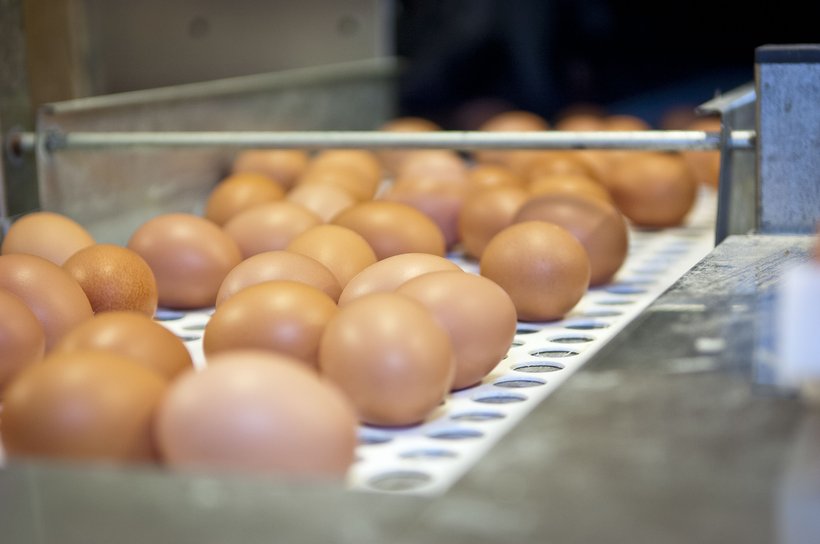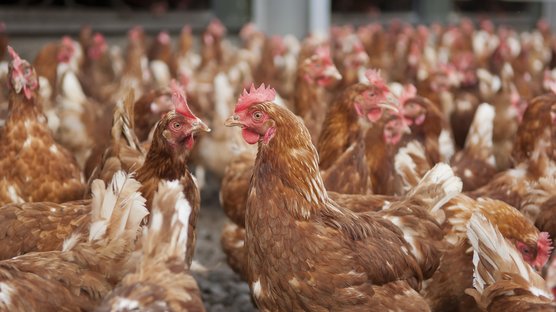
Published on Oct. 18, 2017
Egg Weight
Egg size is an important factor that determines the profitability of egg production. In some markets a premium is paid for a larger egg size, while other markets require a smaller egg size. In this section you will find advice on how to reduce and increase egg size.
Factors That Influence Egg Size
Since egg size is highly heritable, genetic selection is an important factor in determining the egg size. The genetical background is fixed, but with management techniques we can influence the egg weight in a certain way.
Although bodyweight is affected by many management factors, including lighting schedule and beak trimming, nutrition is a very important factor. The growth of the pullet is most responsive to higher levels of protein and energy during the first phase of the growing period. The right feed formula is very important in obtaining a good bodyweight at 5-7 weeks and a good production and in the laying period (see also our technical bulletin Bodyweight at 5 weeks). Also uniformity at 16 weeks is very important. When flocks have a bad uniformity often light stimulation is delayed and therefore some birds will produce larger eggs. Very important is that the control of egg size must begin before the egg reaches the upper limit that is desired.
The egg size during the first phase of the production period is partly influenced by nutrition. Crude protein, (essential amino acids such as methionine) and fat (linolenic acid) are important nutritional factors in egg size development. This is the reason that in phase feeding programs crude protein, amino acids and a relatively high energy level is used in the formula’s during the first phase of production, and show a reduction when egg size has reached the desirable level. A mid-night snack can increase egg size, through higher feed intake.
It is difficult to maintain egg size during high temperatures. As environmental temperature rises above 27 degrees, egg size begins to drop. Heat stress reduces total egg production and the shell quality gets worse.
Intermediating light schedules have an increasing effect on egg size. For example short repeating lighting programs have an increasing effect on egg weight, also the reading light schedule has the similar effect on egg weight. When a Cornell lighting schedule is started at a young age (18 weeks) the birds will become earlier mature, which results in a lower egg size.

